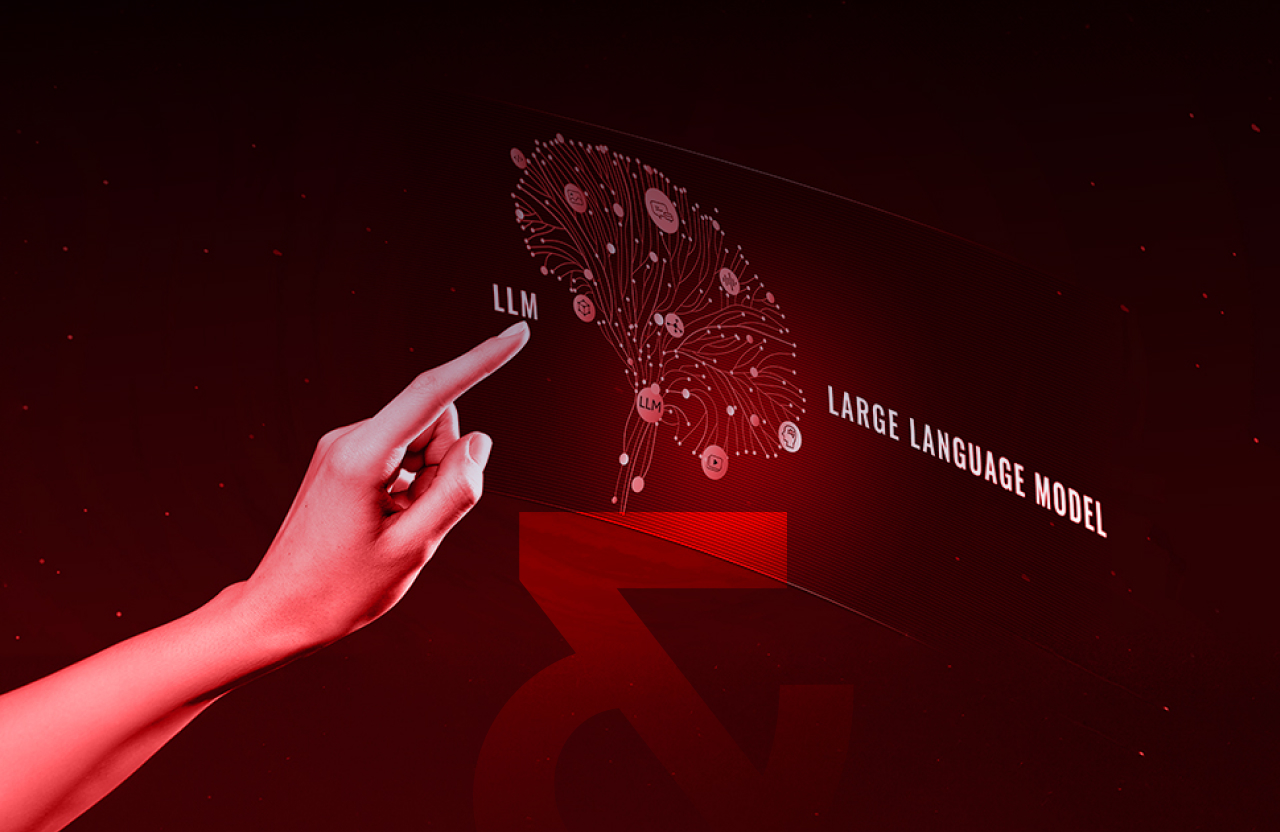Most businesses looking to streamline their translation workload have a vague idea that switching to a digital solution like a translation management system (TMS) can help them achieve quicker results, but they may not know just how big of an impact it can make. As TMS solutions have grown more sophisticated in recent years, they’ve started to offer new features that make the lives of both translators and editors easier—which ultimately saves businesses both time and money on their large-scale translation projects. One such feature to emerge as an industry favorite in recent years is translation memory. Here is everything you need to know about how translation memory can help you achieve faster turnaround times on your bulk translation projects.
What is a translation memory?
Translation memory is a TMS feature whereby the system stores previously completed translations for phrases or sentences, and when the same phrase or sentence shows up in the source text of a future translation, the system auto-fills the translation in the target language. If that sounds complicated, just imagine a human translator physically copying and pasting parts of a document that are identical to one another—that’s what translation memory offers, but the whole process is automated and instant, taking the manual work off of the translator.
Depending on the TMS used, translation memory may already be included as a system feature, or it can be incorporated as an add-on by integrating a separate translation memory software into the system.
Before we get into how translation memory works, it’s best to define a few terms first. Translations done using a TMS are divided into segments, which can range from phrases or sentences to entire paragraphs (although the latter is often not recommended). That means that when a source text is uploaded to the system, it is done so by dividing it up into smaller parts.
TMSs that offer translation memory tools match up previously translated segments with segments from the new source text: segments that correspond perfectly to one another are called an exact match, while segments that are similar but not identical to one another—generally anywhere from a 70% to a 99% match—are called a fuzzy match. As you can probably imagine, the percentage of the fuzzy match depends on just how similar the two segments are, so if the content of two segments are identical yet one uses a period and the other uses an exclamation point at the end, the translation memory database will consider that a fuzzy match.
How does it work?
Let’s say you’re a business that’s just getting into using computer-assisted translation (CAT) tools—which are a subset of TMS—to handle your translation load. By activating translation memory, you can store certain phrases or sentences (like your company motto, for example, or a message from the CEO) in the CAT system you use. The next time your translator goes to use the CAT system for a translation, the system will scan the segments of the new translation to see if any of them match any translations stored in the database.
Going back to our example above, the system will likely recall your company motto as an exact match, provided that the segment matches what’s stored in the translation memory database perfectly (meaning the punctuation and spelling are the same). In the case of the message from the CEO, however, the system may bring up a fuzzy match if the message in the new source text doesn’t match the stored translation perfectly (for example, if s/he repeats certain phrases, but the message isn’t a verbatim copy of his previous one). In the case of a fuzzy match, the translator will have to review the auto-populated target segment and edit it accordingly to ensure that it is an accurate translation of what is in the source text.
Some CAT systems also offer a 101% match, aka a context match. This is when a new source text contains not just one segment identical to a previous translation in the translation memory, but the segments surrounding it are exact matches, as well—indicating that the new translation is similar in context to the old one.
Most new-generation CAT systems also allow clients to store multiple translation memory databases, which comes in handy for businesses that regularly work with multiple language pairs or topics.
How does translation memory help?
1- Saves time and money
The greatest benefit to using translation memory for your projects is that it eliminates the need for repetitive tasks such as re-translating the same words or phrases across multiple documents. This, in turn, saves businesses a great deal of time and money on translation projects.
2- Improves the quality of future translations
Another cool thing about translation memory is that it can be improved over time, so the more this feature is used, the greater chance there is that a higher percentage of future translations can be auto-filled.
3- Establishes consistency in translations
Using translation memory also allows businesses to achieve consistency in their translations, both in the moment and in the long run. Even if you begin to work with a new translator—or perhaps a team of translators, depending on the workload—the phrases and sentences stored in the translation memory database will remain consistent in future translations.
Translation Memory vs Machine Translation
Since translation memory uses a database that can be improved over time, it’s easy to confuse it with machine translation—even their abbreviations are similar, with translation memory often referred to as TM and machine translation, MT!
Indeed, translation memory functions similar to a customized machine translation engine in that it uses industry-specific or even client-specific data. However, one huge difference is that translation memory is selective, translating only segments that match previous queries. Translation memory also ultimately relies on previous work done by the translator—meaning the data is provided by a single source with expertise on the subject matter.
Machine translation, on the other hand, leverages the power of AI to translate the entirety of the content based on the data available in its database. Its scope is much more expansive than the translation memory database, but translations that were done using MT engines often lack the accuracy and specificity of translator-reviewed translation memory segments.
Here, it must be said that not all MT engines are alike. The reason people often shy away from using machine translation is that the databases of generic MT engines such as Google Translate are crowdsourced, meaning just about anyone can suggest translations. Relying on such a free MT engine to streamline translations is likely to backfire, as the resulting translations are often rife with errors and greatly divorced from the context of the source text—not exactly a confidence-boosting factor for any business looking to obtain high-quality translations. What’s more, because such engines are crowdsourced, they are often prone to data breaches—so if you’re using them to translate texts that contain sensitive information about the company, you always run the risk of sharing that information with potential hackers.
A much smarter option is to go with a proprietary MT engine built using a database of industry-specific translations. Moreover, these types of MT engines also come with strong privacy features to protect your data. If you’re ready to take your translation projects to the next level by utilizing translation memory, contact us to discover the Tarjama solution best suited for your business.



















